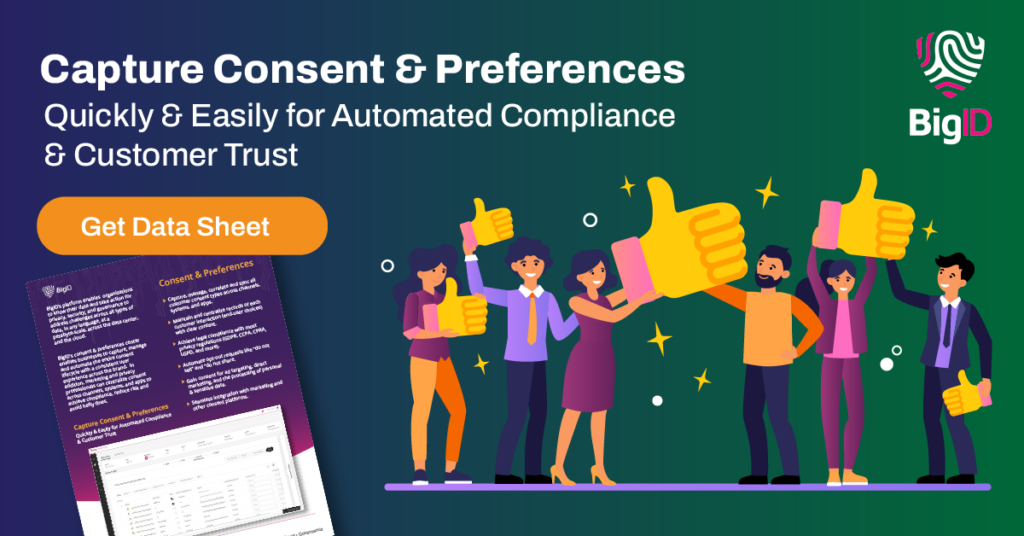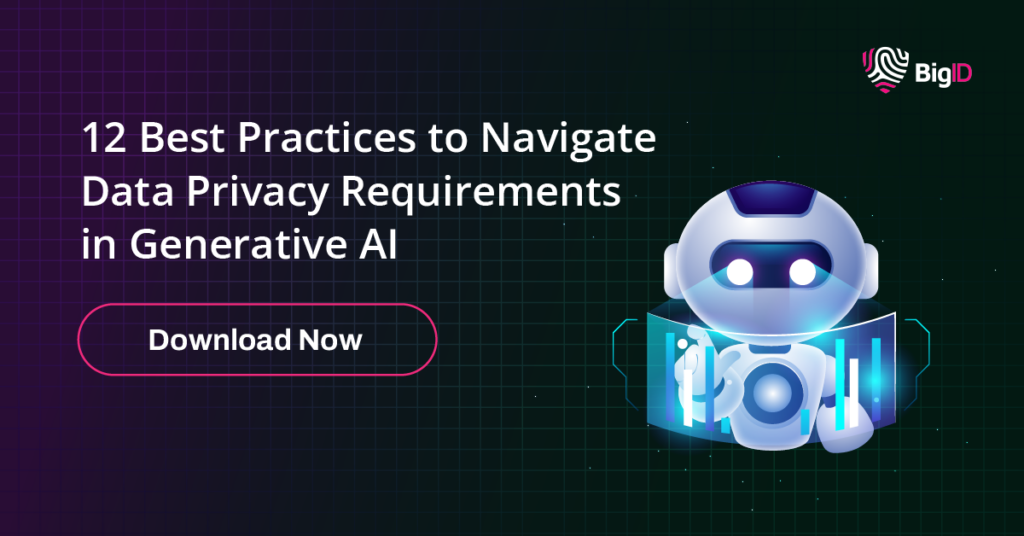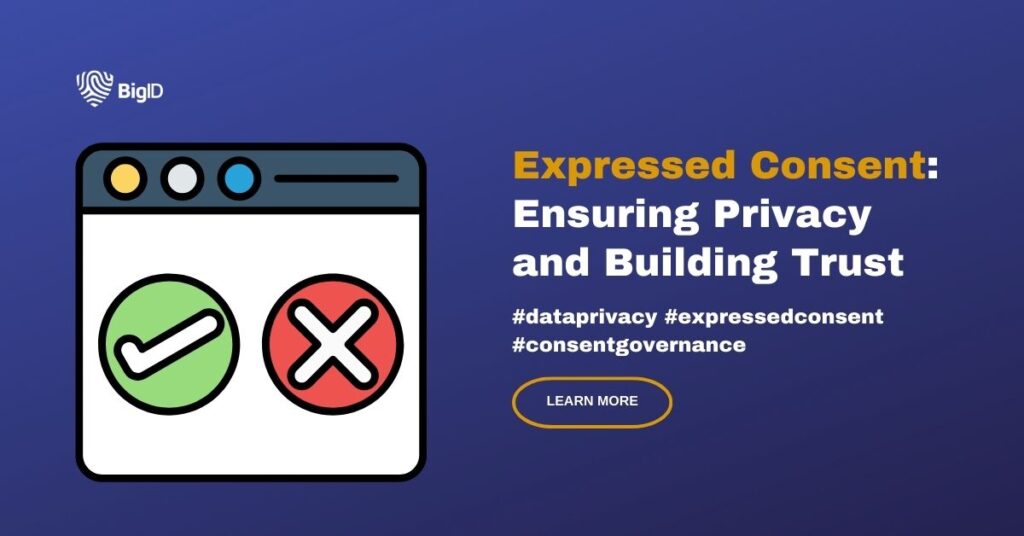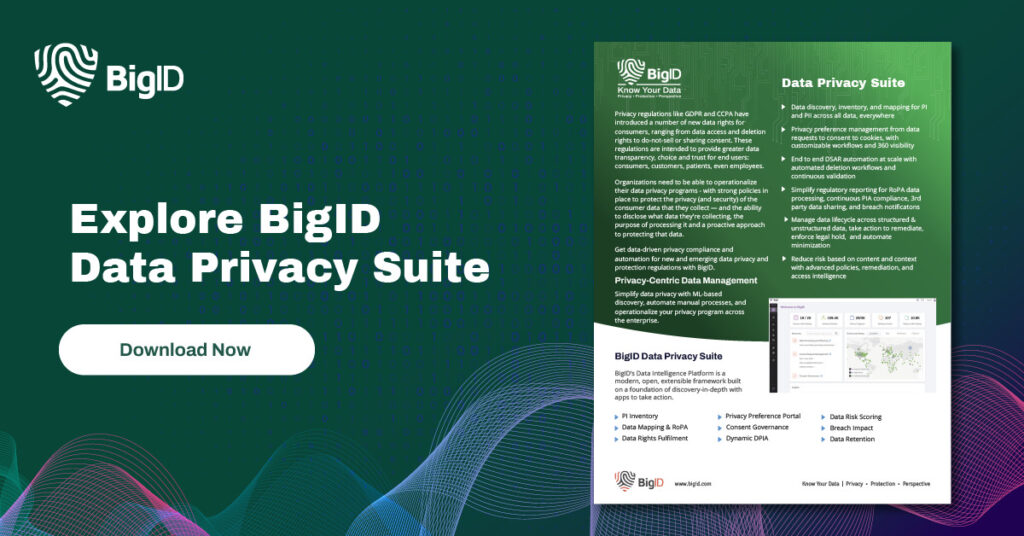Expressed Consent: How to Protect People’s Privacy and Build Trust
It seems like everywhere we go, someone is asking us for our data. But what exactly does it really mean to give explicit permission? Let’s explore expressed consent to better understand why privacy protection is such a big deal, especially now that artificial intelligence is here to stay.
What is Expressed Consent?
Expressed consent (also called informed consent) is a person’s explicit permission to collect, use, and share their personal data. We call it the gold standard of consent, because it means that the people involved are fully aware of what they’re agreeing to and are actively giving permission for a specific purpose.
Think of expressed consent as saying “absolutely yes”, whether the request is for a newsletter subscription, permission to use cookies, or having data used for targeted advertising.
The Importance of Expressed Consent
Expressed consent fosters trust between individuals and organizations. When people feel empowered to make informed decisions about their data, they become active participants rather than passive subjects in the data ecosystem (and that’s a good thing).
And more importantly, expressed consent lines up with regulatory frameworks like the General Data Protection Regulation (GDPR) and the California Consumer Privacy Act (CCPA), both of which emphasize the need for clear and unambiguous consent mechanisms.
Failure to comply can result in expensive fines (not to mention reputational damage) for non-compliant organizations.
The Difference Between Expressed vs Implied Consent
The difference between express and implied consent is that implied consent assumes that consent is given based on certain actions or behaviours, like when a person keeps using a service without actively opting out of data collection practices.
Implied consent might be sufficient in many scenarios, but expressed consent sets the bar higher because it delivers on transparency and accountability. Put into context, expressed consent ensures that people have genuine control over their personal information.
Let’s look at some common scenarios:
Subscribing to Newsletters
When individuals willingly provide their email addresses and explicitly opt-in to receive newsletters or promotional updates from a company, they are giving expressed consent. This clear indication of interest and agreement demonstrates their willingness to share their personal details for specific purposes.
Buying Something Online
When a customer buys something online, they need to fill in their name, address, and payment details at the very least. By completing the transaction and agreeing to the terms of service, customers are expressly consenting to the collection and use of their data for the purpose of fulfilling the order.
Giving Consent to Use of Website Cookies
Many websites display cookie banners or pop-ups informing visitors about the use of cookies for tracking and analytics purposes (we’ve all seen these before). Users are typically given the option to accept or decline the use of cookies. This action gives expressed consent for their data to be collected and processed for website optimization.
Signing Medical Authorization Forms
In healthcare settings, patients are required to sign consent forms before undergoing medical procedures, medical treatments, or surgeries. These forms explain the risks, benefits, and alternatives of the proposed intervention. The act of filling out these forms ensures that patients give informed and expressed consent before proceeding. Obtaining expressed consent in healthcare settings also helps medical professionals in cases of medical malpractice claims.
5 Ways Organizations Can Ensure Expressed Consent is Clear
1. Practice Transparent Communication
Organizations need to be as clear and as transparent as possible about their data collection practices. This includes indicating the purposes for the data collection and any third parties involved. This information should be easily accessible and written in plain language that is understandable to the average user so they can make an informed decision.
2. Add Opt-In Mechanisms
Rather than relying on pre-checked boxes or assumptions of consent, organizations should use explicit opt-in mechanisms that require individuals to take affirmative action to consent. This could involve clicking a button, checking a box, or providing a digital signature to signify agreement.
3. Include Granular Consent Options
Provide individuals with granular control over their consent preferences, allowing them to choose which types of data they are comfortable sharing and for what purposes. This could involve offering different consent options for marketing communications, data sharing with third parties, or targeted advertising.
4. Make Consent Easily Reversible
Ensure that individuals have the ability to revoke their consent at any time and easily opt out of data collection or processing activities. Organizations should provide clear instructions on how to withdraw consent and make the process as straightforward as possible.
5. Take Advantage of Consent Management Platforms
Implement consent management platforms or tools that facilitate the management and tracking of user consent preferences. These platforms can help organizations maintain compliance with regulations such as GDPR by keeping records of consent transactions and providing mechanisms for individuals to exercise their rights.

Can Expressed Consent Be Revoked?
Yes, consent can be revoked. People have the right to withdraw their consent for the collection, use, and processing of their personal data at any time. In fact, this is written into data privacy regulations like the GDPR and CCPA.
When someone withdraws their consent, businesses need to stop using their data in any applicable activity, such as marketing communications and third-party data sharing. The organization also needs to remove the individual’s data from any databases or systems used for processing.
It’s important for organizations to make it easy and straightforward for people to withdraw their consent. They can do this either through opt-out links in marketing emails or a dedicated consent management portal.
Challenges and Considerations
Expressed consent protects both people and companies from data privacy issues, but it’s not without its challenges—especially now that AI permeates all aspects of daily life. AI algorithms are only getting more sophisticated, but that means that there’s an increasing risk of individuals losing control over how their data is used.
Moreover, the complex nature of AI systems makes it difficult for individuals to even really comprehend the full implications of their consent or any potential risks involved. Research suggests that many users struggle to understand privacy policies and the consequences of data sharing. This highlights the need for simpler, more transparent consent mechanisms.
How Expressed Consent Has Evolved in the Age of AI
One notable development is the rise of contextual consent, where consent requests are tailored to specific contexts and user preferences. For example, AI-powered personalization engines can dynamically adjust consent prompts based on user behavior and preferences. The goal of personalization engines is to ensure transparency and relevance.
New advances in AI—like federated learning and differential privacy—make it possible to analyze data without exposing people’s private information. These techniques allow data to be processed and analyzed without exposing sensitive information, offering a middle ground between data utility and privacy protection.

What the Future of Expressed Consent Looks Like
Expressed consent is only going to become more relevant. With emerging technologies like AI, blockchain, and the Internet of Things (IoT) reshaping the data landscape, it’s imperative that we uphold principles of transparency, accountability, and individual autonomy.
Innovations such as privacy-preserving AI algorithms and decentralized identity solutions hold the potential to empower individuals with greater control over their data while enabling responsible data usage. However, realizing this vision requires collaboration between policymakers, technologists, and society at large to ensure that expressed consent remains a fundamental right in the digital age.
BigID Makes Expressed Consent Easy
BigID’s industry leading platform helps companies understand and manage their data for privacy, security, and governance. It addresses challenges across all types of data—whether stored on-prem and in the cloud—and can handle petabyte-scale data volumes.
BigID enables businesses to capture, manage and automate the entire consent lifecycle with a consistent user experience across the brand. In addition, marketing and privacy professionals can centralize consent across channels, systems, and apps to achieve compliance, reduce risk and avoid hefty fines.
- Capture, manage, correlate and sync all customer consent types across channels, systems, and apps
- Maintain and centralize records of each customer interaction (end-user choices) with clear context
- Achieve legal compliance with privacy regulations like GDPR, CCPA, CPRA, LGPD, and more
- Automate opt-out requests like “do not sell” and “do not share
- Gain consent for ad targeting, direct marketing, and the processing of personal and sensitive data
- Seamless integration with marketing and other consent platforms
Get a 1:1 demo with our privacy experts to see how BigID’s Privacy Suite can help your organization gain more value from your data and achieve compliance.



